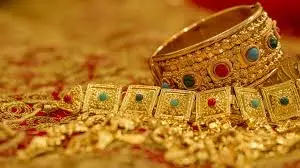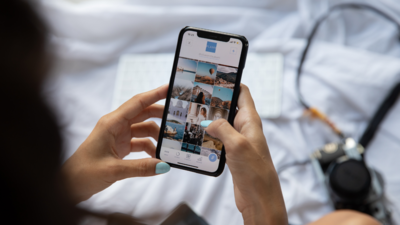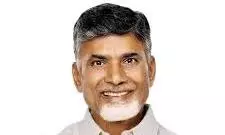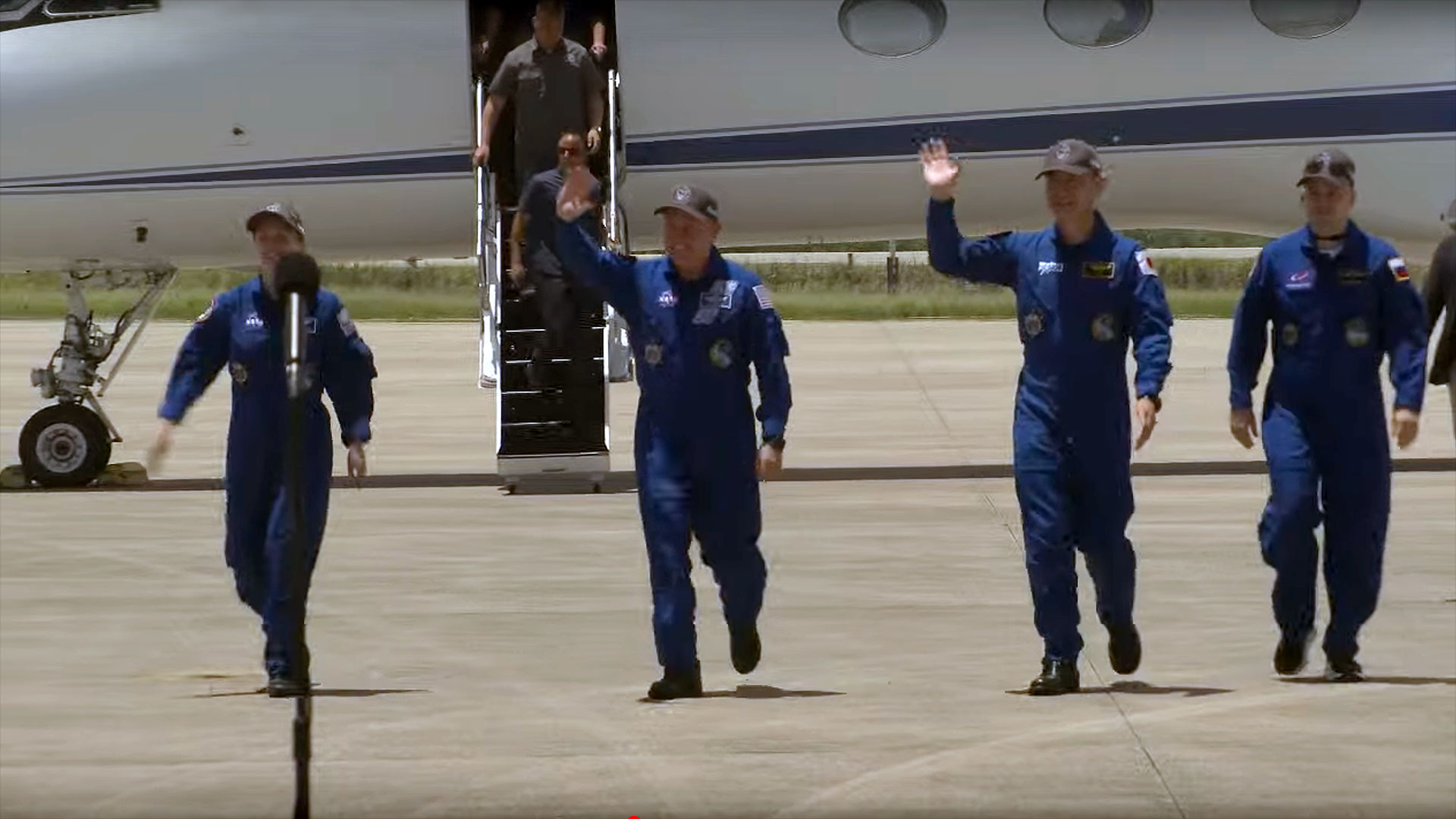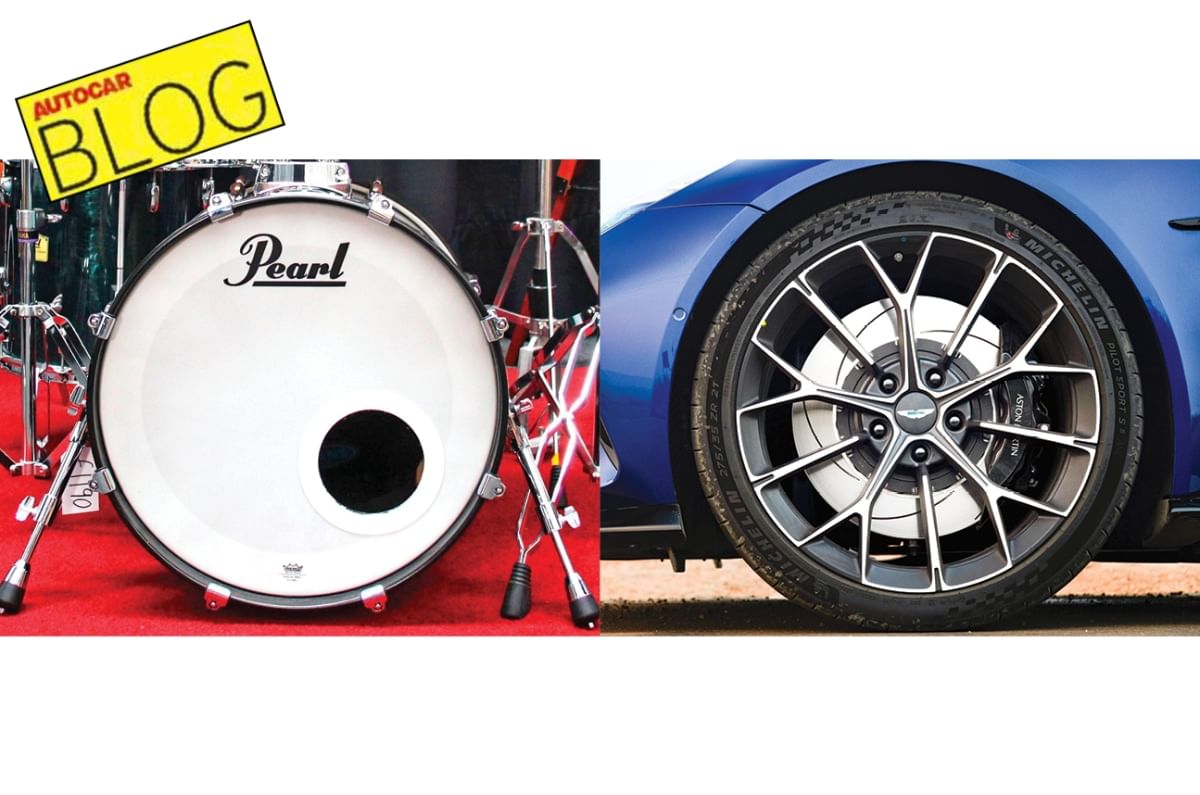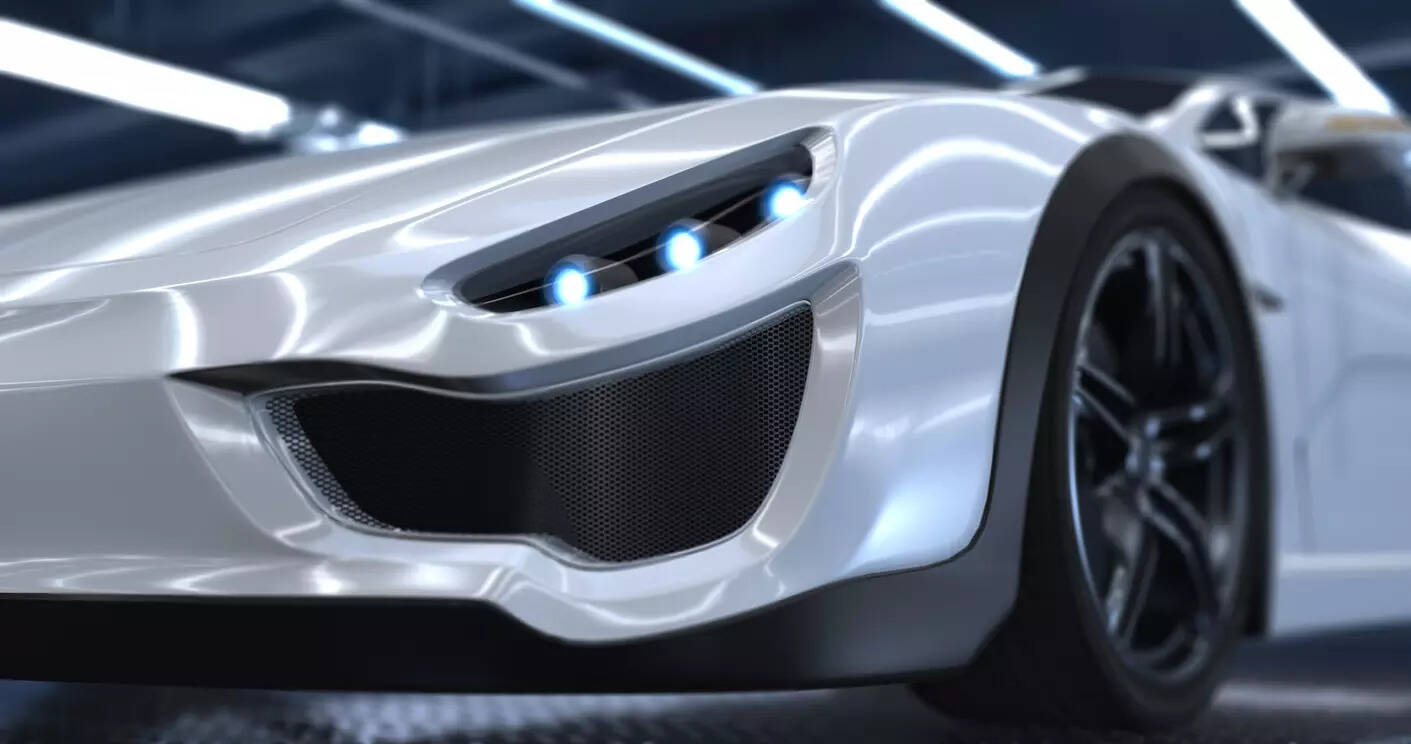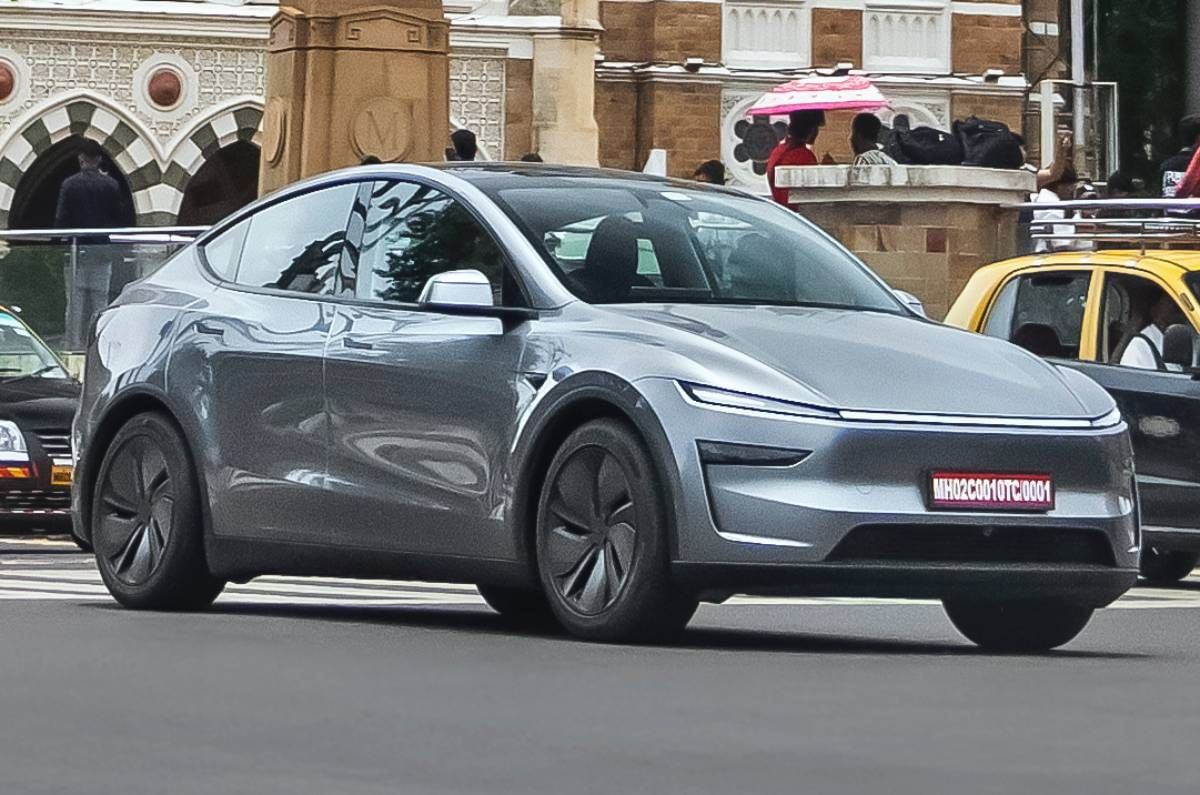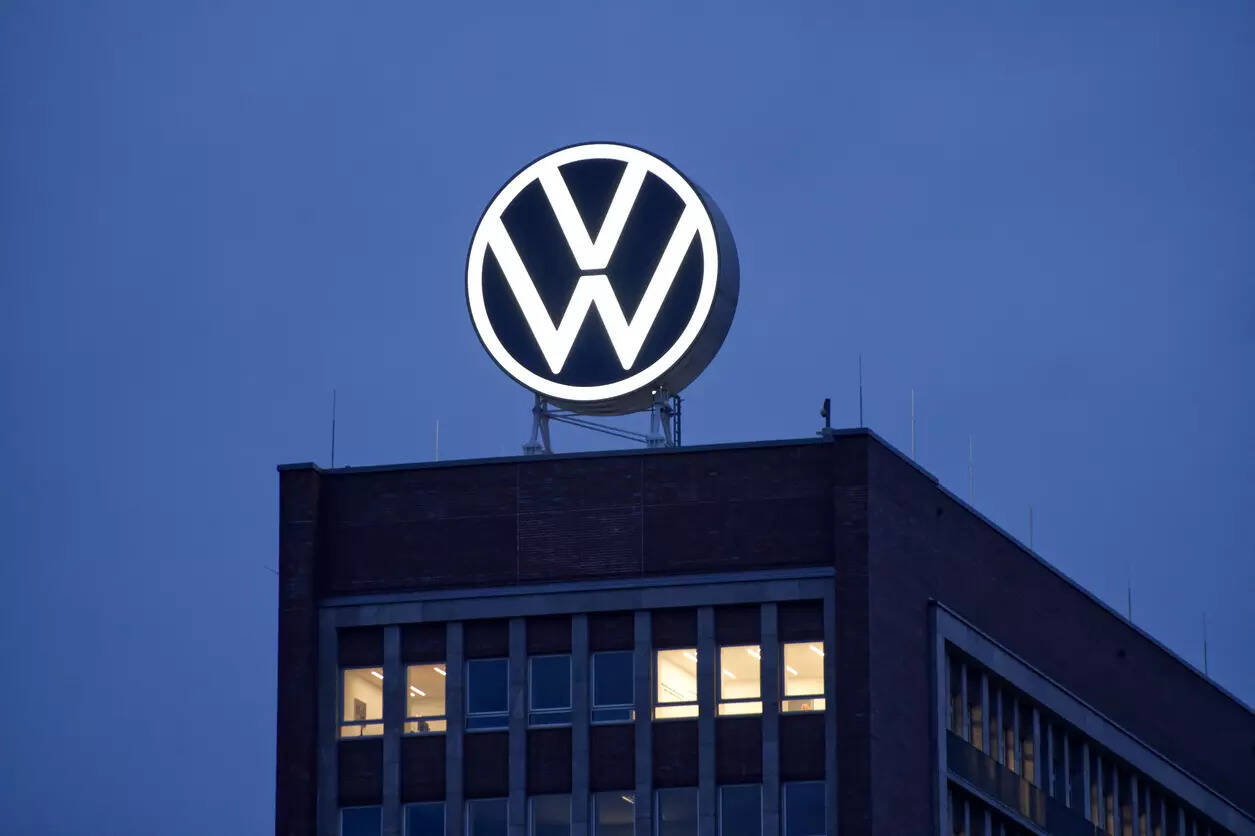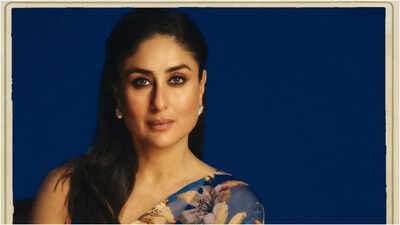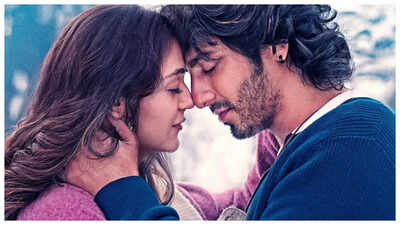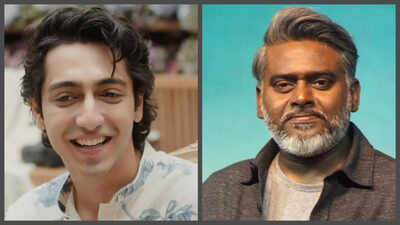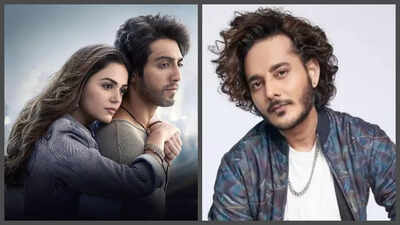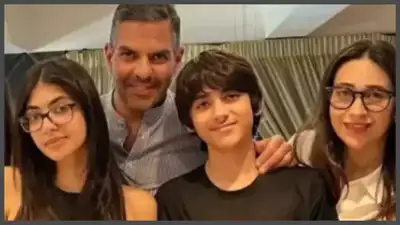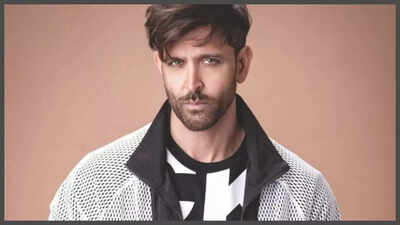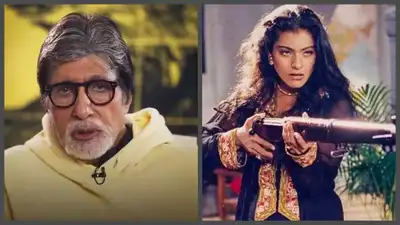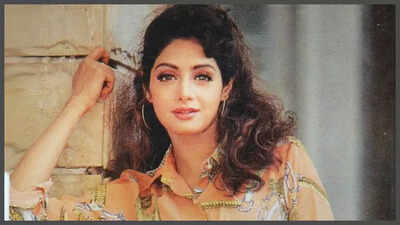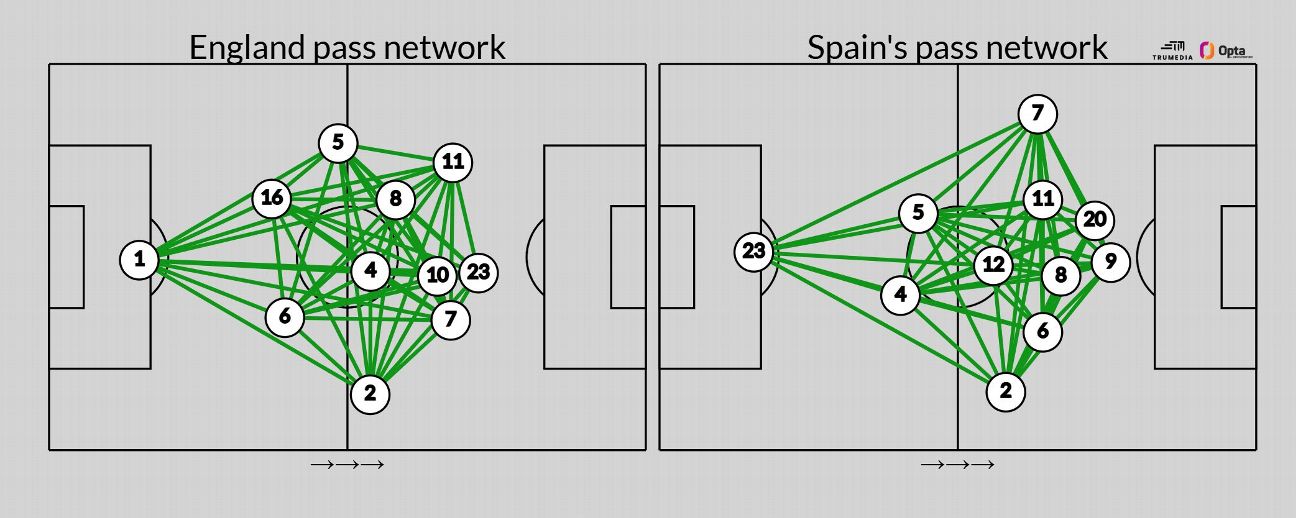Throwback to July 26, 2024, which marked 25 years since we won the Kargil war. We drove Mahindra Thar, XUV700 and Scorpio N SUVs to the war memorial to commemorate Kargil Vijay Diwas.
This article was published in Autocar India’s August 2024 issue.
You could say that Autocar India is the crucible of road travel, with our drives across the country and around the world. We have driven from Kargil to Kanyakumari and Koteshwar to Kibithu in every car – from a Maruti 800 to the Lamborghini Huracán. We have driven through Asia, the Americas, Europe, Africa and Australia, and logged thousands of kilometres. Road trips and convoy driving are part of our job. We thought we had seen and experienced it all until we joined Mahindra at a rally titled ‘Hearts to Bravehearts’. This involved three convoys of Mahindras flagged off from three corners of the country. From Tezu in the east, Tanot in the West and Kochi in the South. The Mahindras converged in Delhi and formed one long convoy for the final run to the Kargil War Memorial in Ladakh after covering a cumulative distance of 10,000km. Nothing had ever come close to the experience and emotions we felt during this rally. It made us all feel proud to be Indian.
To understand this, we must go back 25 years, two months before Autocar India’s first issue. On July 26, 1999, Indian forces sent the Pakistan Army packing from the heights they had occupied in Kashmir. This day is celebrated as Kargil Vijay Diwas, and 2024 marked 25 years of this famous victory.
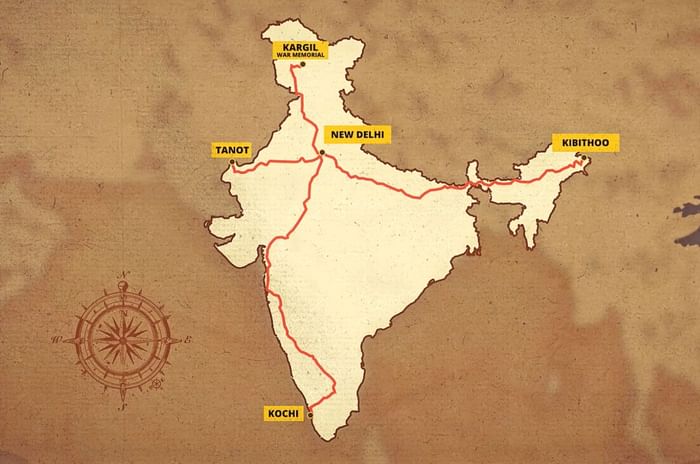
The route taken by the three convoys.
The most famous face of the Kargil War is Captain Vikram Batra – the Param Vir Chakra awardee who sacrificed his life leading the assault on Point 4875 in 1999. There is even a movie about him, Shershaah, starring Sidharth Malhotra. But do you recognise the names Captain Manoj Kumar Pandey, Grenadier Yogendra Singh Yadav and Rifleman Major Sanjay Kumar? They, too, received the Param Vir Chakra, India’s highest military decoration. The Param Vir Chakra has been awarded 21 times, of which four were for the Kargil War.
During the Kargil War, 10 Maha Vir Chakras were awarded, six posthumously, to soldiers who died in battle. Over 70 Vir Chakras were also awarded, many of them posthumously. The Kargil War Memorial at Dras also lists 542 names of Indians who were martyred during the Kargil War, including two civilians.
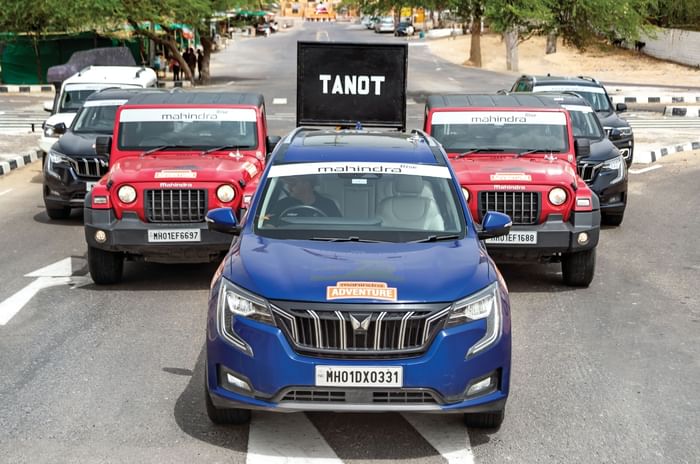
The Tanot leg of the drive stands ready to depart.
Remember, most of these were young men in their early or mid-20s. Captain Vikram Batra was just 24-year-old when he laid down his life for the country. We might have lost Jammu & Kashmir if not for them. Pakistani guns had targeted the NH1 that you take for the drive from Srinagar to Leh. The annual drives and rides to Ladakh that many of us look forward to might not have been possible if not for the sacrifice of our brave soldiers. We owe a debt of gratitude to this band of men, whose names most of us don’t even recognise.
Autocar India is proud to have been a part of the ‘Hearts to Bravehearts’ campaign to remember and thank our soldiers on the 25th anniversary of our victory in the Kargil War. The idea was simple: every citizen of this country could write a letter or a poem, send a greeting card, or create a painting to thank our soldiers. You could drop your thank you note at any Mahindra showroom, and the company would deliver it to the soldiers guarding our country. The mission of this drive was to collect these messages of gratitude and deliver them to the soldiers who keep our borders safe. Stopping by military garrisons and cantonments along the way and delivering these heartfelt messages brimming with love was the most poignant part of the journey and a small way to pay tribute to our armed forces.
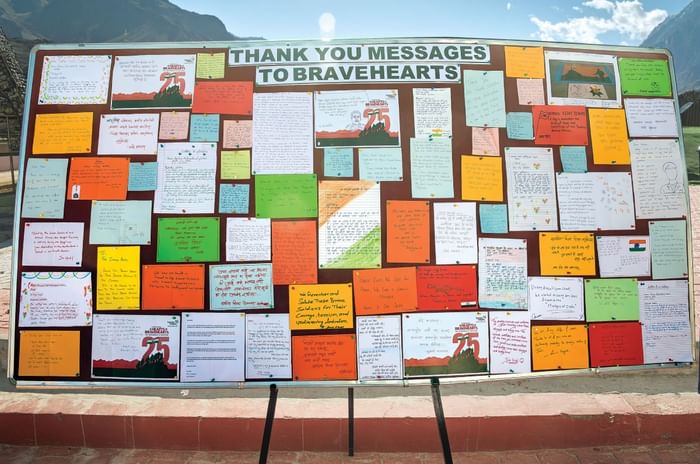
Some of the heartwarming letters of gratitude delivered to our bravehearts at Kargil.
As the cars were flagged off, most of India was reeling from the fury of the monsoon. Roads in the northeast are a challenge at the best of times. Add heavy rain to the equation, and the level of difficulty multiplies. Landslides in the hills meant that the Thars, Scorpio-Ns and the Bad700shad much work to do. Floods in Kaziranga had animals come out to the roads, adding even more drama to the drive, but the big confidence booster we had was the men in these cars. At Autocar India, we have shared the cockpit with celebrities, race drivers, high officials, and fellow journalists and professionals from the automobile world. But this group was different. These were Kargil veterans who had dodged bullets and bombs, faced death in the eye and thumbed their nose at it. Rain and mud was not going to stop them.
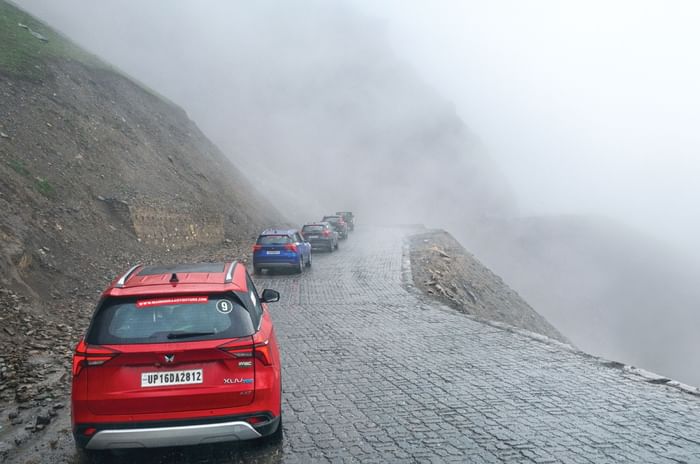
The final leg of the drive takes the convoy over the mighty Zoji La Pass.
Each one had a captivating story to tell. Amongst them was Captain Utpal Datta, a helicopter pilot with the Indian Navy. He was awarded the Nau Sena Medal for gallantry during Operation Vijay, becoming the only naval pilot to be given this honour. During the Kargil War, this navy pilot was deployed with the Army Aviation Corps in an exchange program and saw action at the front. To guide the Bofors guns, he flew high-altitude sorties in his Cheetah helicopter with missions requiring him to fly as high as 26,400 feet, well above the official operating ceiling of 21,000 feet. What was it like flying at such heights? “At this altitude, where the air is so thin, the chopper gets very sluggish. It’s like a 6-cylinder car running on three cylinders with no power steering,” said Capt. Datta. And all that kept him flying was a bottle of oxygen and an angel on his shoulder.
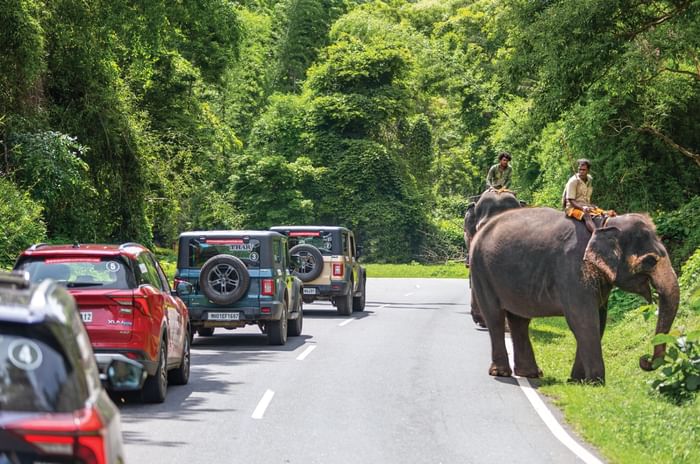
The convoy from Kochi drives through the lush forests of Kerala.
Col. Rajinder Kumar Sharma, awarded the Kirti Chakra, Shaurya Chakra, and Sena medals, is one of the most decorated soldiers. You can understand why, when he shows you his shrapnel wounds from fighting the enemy at close range. He quips, “I still have some copper fragments in my body!”
Another of the Kargil heroes who joined the drive was Brigadier Khushal Thakur, Commanding Officer of the 18 Grenadiers during the Kargil War. Instead of giving orders from a tent, he walked with his men and faced bullets with them as they launched an assault on Tololing Top. He recalls, “when we lost JCO Subedar Randhir and operator Havildar Ram Kumar, they were right beside me. I lost my second-in-command, Lt Col R Vishwanathan, who took his last breath in my arms.” All three soldiers were posthumously awarded the Vir Chakra. He lost 34 of his comrades, each of whose names he can still reel off without missing a beat.
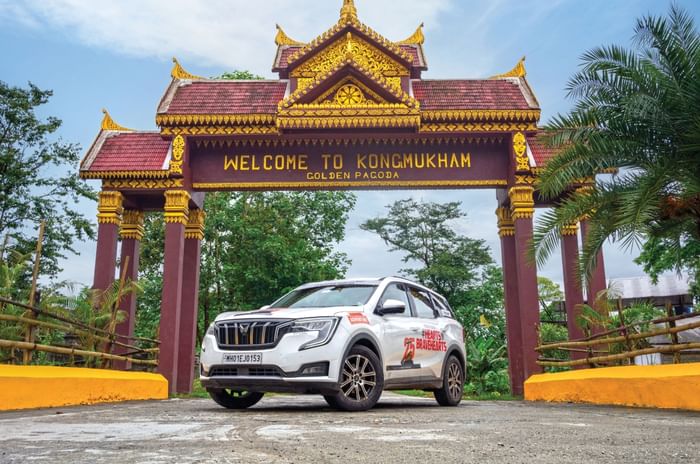
The Tezu leg of the drive makes a stop at the beautiful Golden Pagoda at Namsai.
The fountainhead of this campaign is found at the Army’s barracks itself. It was brought to life by Faujiana, started by ex-Autocar India staffer Veena Kabra, who was a part of our sales team until she married an Army aviator and joined him at his postings. Faujiana designs and delivers lifestyle accessories, and celebratory mementoes within army units and regiments. Unfortunately, you or I can’t buy Faujiana products, unless we enlist in the Army that is.
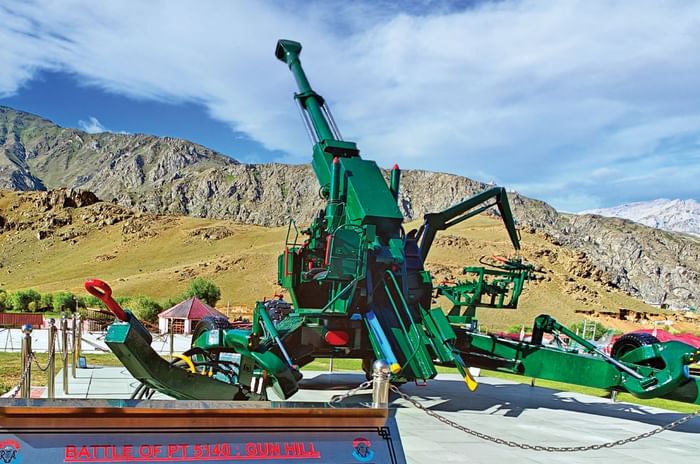
The Bofors gun was instrumental in India’s victory at Kargil.
Word about the campaign spread like wildfire even as the cars were flagged off. Messages started pouring in by the sackful, especially from schoolchildren and Gen-Zers who had never even seen a postcard. What about this campaign captured their imagination? Maybe the answer lies in the facts and figures, the nuts and bolts, the numbers and specifications of this drive. Or maybe it lies in the stories of the bravehearts who shaped India’s victory.
Joy Chaudhuri
Also see:





